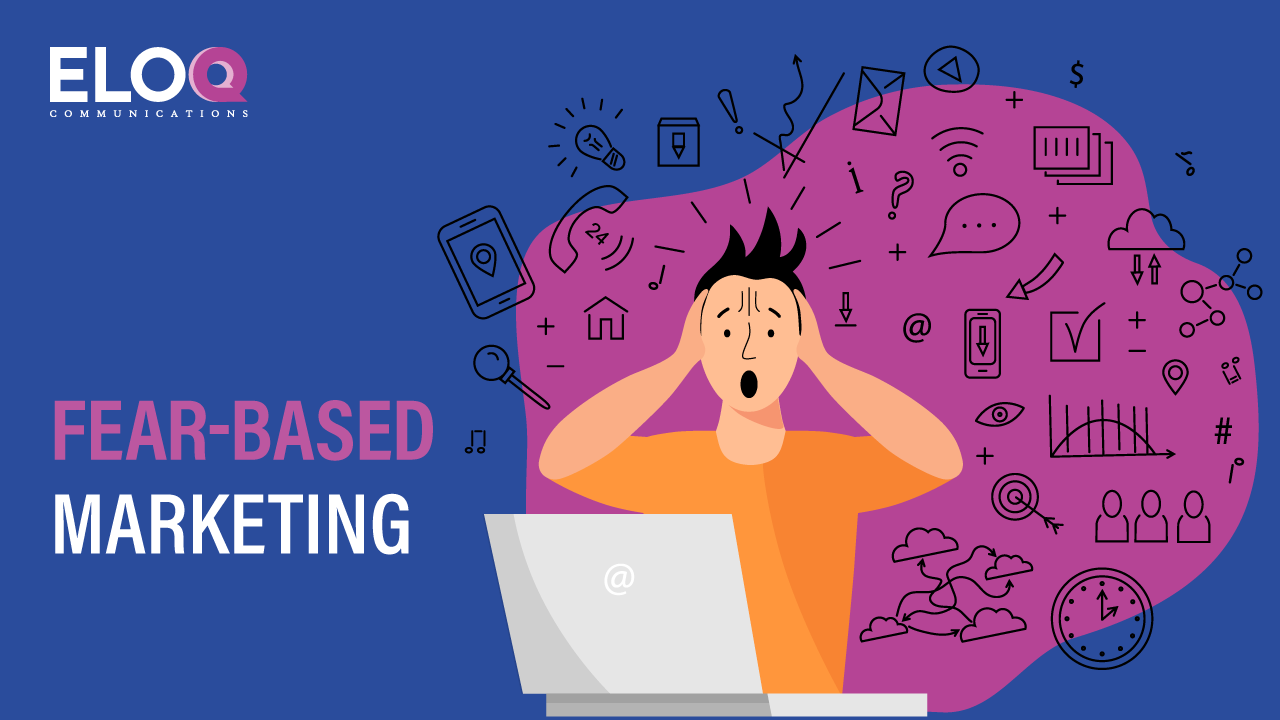What do we think about “fear-based marketing”?
“Fear-based marketing” influences audience psychology, urging them to act to minimize that fear. This is a traditional communication method that has been used by organizations for years to push the community into changing perceptions, abandoning old habits, or converting people into adopting new consumer behaviors. However, should this controversial marketing method be thoroughly exploited to maximize business efficiency?
The “fear-based communications” method consists of three elements: information on potential threat that evokes feeling of anxiety, information on how target group can be affected by these threats, and finally, solutions to safeguard or reduce the negative effects. Unfortunately, businesses and PR practitioners primarily focus on promoting products, and are not interested in assisting the target group to encounter and overcome the fear.
Should “fear-based marketing” campaigns be used?
It depends. Every communication campaign has its own advantages and disadvantages. And “fear-based communications” is not an exception. Fear-based marketing campaigns have been quite successful to some extent when it directly targets consumers’ health awareness. Figures of revenues and market share of many cases soared impressively. To a manufacturer, good sales mean success.
On the other hand, “fear-based marketing” could be deemed as unethical to the business as well as to the society at large. Many people would concur with this method, while other wouldn’t. To some extent, the author believes that “fear-based marketing” is an unfair strategy since it creates a significant bewilderment on consumers and reaps profit from the public’s anxiety. During COVID-19, fake news on shortage of food, face masks, toilet paper, etc. created an unhealthy sudden surge in demand of these products.
When is “fear-based communication” appropriate?
When “fear-based communication” is carried out vigorously and ethically, this approach will reap greater results than just simply encouraging people to buy the business’s products and services. It is able to inspire people to change their mind positively and have a better lifestyle.
A fear-based marketing campaign would be considered ethical when it raises societal awareness correctly. For example, in order to persuade Vietnamese to use helmets when commuting by motorbikes, the Asian Injury Prevention Foundation (AIPF) released a series of videos, posters, and banners endowed with visualized messages about regretful fatal accidents when driving without wearing a helmet or using a poor quality helmet. After a period of time, from the fact that people did not have the habit of wearing helmets on the road, nowadays, Vietnamese people have considered helmets as indispensable companions when they hit the road. It is clear that the use of “fear-based communications” in this case is completely right and ethical.
Still, there is on-going debate about whether to apply “fear-based marketing” in product marketing campaigns. This type of communication will not be negative if they are based on social ethics. “Fear-based communication” is like a double-edged sword. Some argue that the use of negative information is toxic to marketing activities, and “fear-based communication” is a form of mental intimidation. However, the most important thing that PR practitioners and businesses need to keep in mind is that they have to be objective when sending out warning messages about potential threats. To a certain extent, “fear-based marketing” should not be fabricated nor should it intentionally distort information to reap profit from fear and confusion of others.
EloQ Communications is an official partner of Public Relations Network. This article was originally posted on EloQ’s blog.


